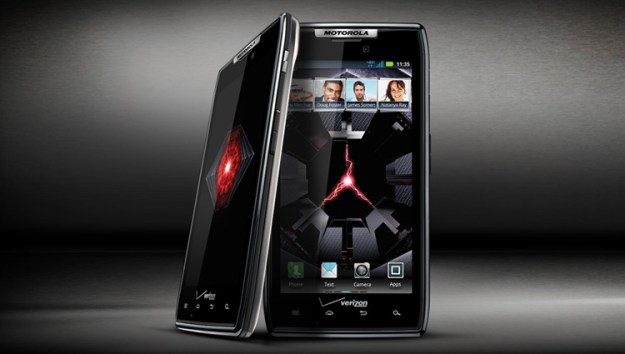
Google is in the process of buying Motorola Mobility for $12.5 billion–a hefty sum. From what we’ve heard, the main reason for this purchase is Motorola’s 25,000 or so issued and pending patents in the cell phone market. By keeping Motorola operating though, it may stand to lose more money. In the third quarter of 2011, Motorola lost $32 million. This is less than the $34 million Motorola lost at this time last year, but is a bit sad considering that revenue has grown 11 percent year-over-year to $3.3 billion. At this pace of recovery, it will be 16 years before Moto begins to break even each quarter. Does Google want a profit drain on its books?
Of course, the numbers are there. Mobile device sales were up 20 percent from last year. Motorola sold 11.6 mobile devices, including 4.8 million smartphones in the third quarter. Not bad, especially considering that device sales in 2010 only reached 9.1 million with 3.8 million smartphones sold. Aside from its losses, sales seem to be keeping up with the inflation of the smartphone market to some degree, though tablets are a different story. Xoom sales weren’t pretty. Motorola’s flagship tablet sold only 100,000 units during the summer.
“Our third quarter revenues in Mobile Devices increased by 20 percent, driven by continued strong growth in international markets. With the recent launch of our iconic Motorola RAZR, we now have several 4G LTE devices in our portfolio. Our Home business is creating innovative solutions for our customers, taking leadership in the transition to all-IP networks, and delivering solid levels of profitability,” said Sanjay Jha, chairman and chief executive officer, Motorola Mobility. “We are also excited about the proposed merger with Google and continue to make progress to close this transaction.”
Going forward, Motorola hopes the new Razr will be a hit with consumers as well as the Atrix 2, a revamped line of Moto Lapdocks, and MotoActv, a fitness monitoring MP3 player. The question is: does Google have a plan to turn Motorola into a profitable company?
Editors' Recommendations
- Motorola’s next Razr Plus foldable sounds like a massive upgrade
- Foldable phone deals: Samsung, Motorola, Google, and more, from $500
- What is Google Assistant? Here’s the guide you need to get started
- Best Buy Mobile Sale: Galaxy S20, Google Pixel 4, iPhone XS in the discount bin
- Google’s Pixel 4 looks different. Here’s what the designers changed and why


